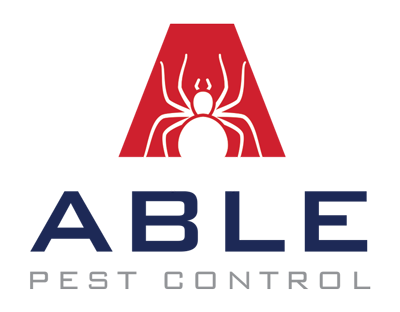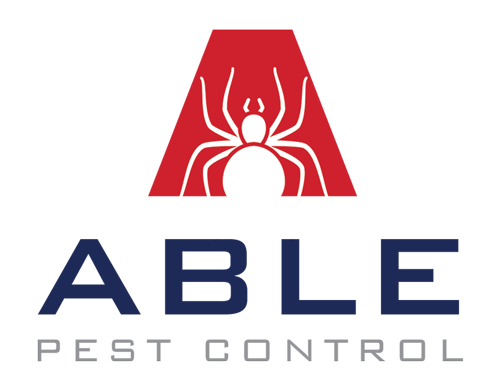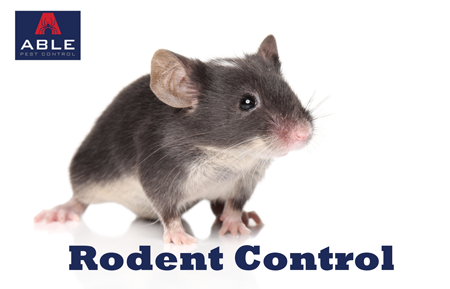Rodent Control
House mice have an adult body length (nose to base of tail) of 7.5–10 cm (3.0–3.9 in) and a tail length of 5–10 cm (2.0–3.9 in). The weight is typically 40–45 g (1.4–1.6 oz). In the wild they vary in colour from light to dark agouti (light to dark brown), but domesticated fancy mice and laboratory mice are produced in many colors ranging from white to champagne to black. They have short hair and some, but not all, sub-species have a light belly. The ears and tail have little hair. The hind feet are short compared to Apodemus mice, only 15–19 mm (0.59–0.75 in) long; the normal gait is a run with a stride of about 4.5 cm (1.8 in), though they can jump vertically up to 45 cm (18 in). The voice is a high-pitched squeak. House mice thrive under a variety of conditions; they are found in and around homes and commercial structures, as well as in open fields and agricultural lands.
Newborn males and females can be distinguished on close examination as the anogenital distance in males is about double that of the female. From the age of about 10 days, females have five pairs of mammary glands and nipples; males have no nipples. When sexually mature, the most striking and obvious difference is the presence of testicles on the males. These are large compared to the rest of the body and can be retracted into the body.
The tail, which is used for balance, has only a thin covering of hair as it is the main peripheral organ of heat loss in thermoregulation along with—to a lesser extent—the hairless parts of the paws and ears. Blood flow to the tail can be precisely controlled in response to changes in ambient temperature using a system of arteriovenous anastomoses to increase the temperature of the skin on the tail by as much as 10 °C to lose body heat. Tail length varies according to the environmental temperature of the mouse during postnatal development, so mice living in colder regions tend to have shorter tails. The tail is also used for balance when the mouse is climbing or running, or as a base when the animal stands on its hind legs (a behaviour known as tripoding), and to convey information about the dominance status of an individual in encounters with other mice.
In addition to the regular pea-sized thymus organ in the chest, house mice have a second functional pinhead-sized thymus organ in the neck next to the trachea.


